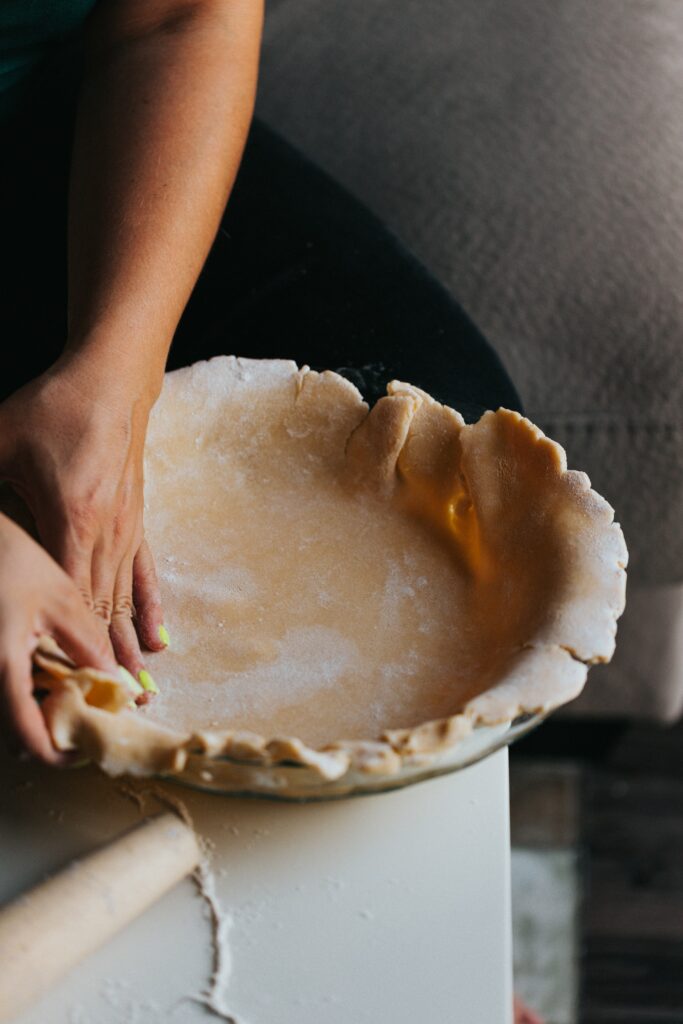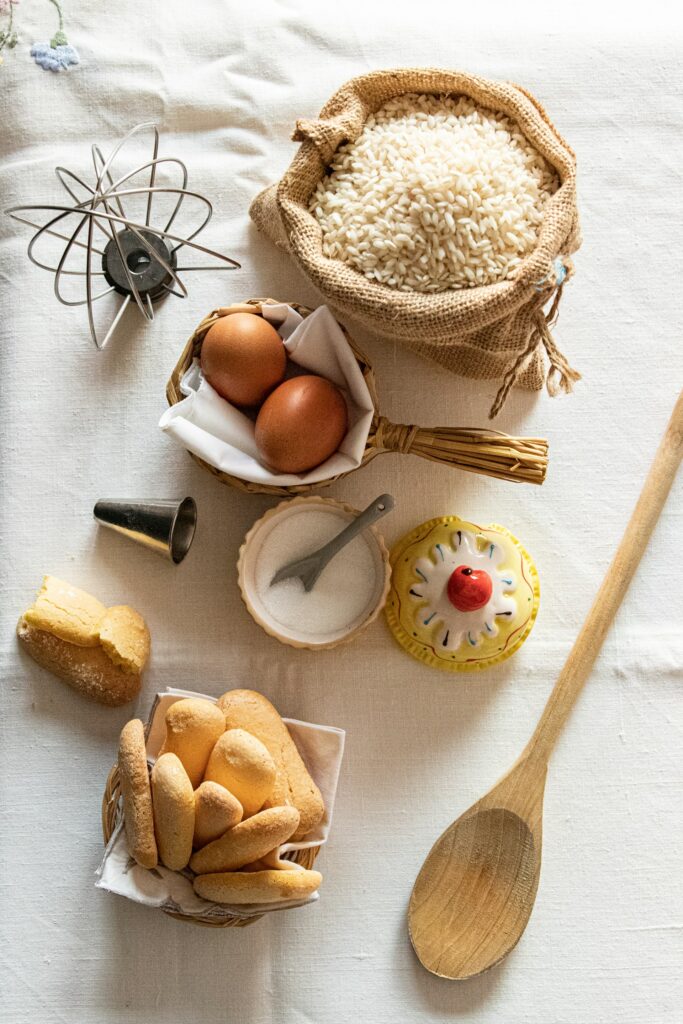You’ve probably heard of baking beans and wondered, “What are baking beans, and what are they used for?”. In this article, we’ll explain.
Contents
What Are Baking Beans?
The term “baking beans” refers to tiny balls manufactured from a heat-conducting ceramic. Baking beans hold the pastry down and help bake it from the top, ensuring the pastry keeps its form.
When the pie filling is moist, you have to blind-bake the crust to keep the bottom from getting soggy. Essentially, you are pre-baking the crust to ensure it holds the soft, moist filling. And these reusable ceramic beans make the process much easier.
How To Blind Bake With Baking Beans
Since the question “What are baking beans?” has been discussed above, it’s time to learn how to blind-bake with these beans.

Baking a pastry crust without its filling is called “blind baking”. This is done so the pastry crust can be filled with a moist filling without becoming soggy. The downside to blind baking is that there is no filling, so the pastry tends to rise and become too puffy. That’s where baking beans come in.
Pie crusts can be chilled in the fridge for 30 minutes before blind-baking. While this is optional, this process helps your pie crust maintain the desired shape after baking.
To blind bake with baking beans, follow these easy steps:
- Place a piece of parchment paper on top of your pie crust.
- Then sprinkle the baking beans inside the hollow of the crust.
- Spread the beans evenly across the base of the crust. If you don’t want bumps to appear, you must ensure you don’t miss any spots.
- Bake the crust for approximately 15 minutes to get golden brown edges on your pie.
- Remove your pie crust from the oven and allow it to cool before removing the beans and parchment paper.
- Your pie crust is now ready for the next phase of your pie-making recipe.
Baking Bean Alternatives
There are many baking bean alternatives if you don’t have ceramic baking beans on hand. We’ll go through four of the most common alternatives in this section:
Rice
Baking beans can be replaced with rice. You probably already have some in your cupboard, so getting your hands on it won’t be difficult. However, you won’t have to spend a fortune replacing it if you don’t have any.

If you use rice as a pie weight and bake the pie, the rice will become brown. Instead of discarding it, save it in a jar and use it again for future blind-baked pies.
Sugar
This is another option you can use in place of baking beans. The sugar grains are tiny, so they easily disperse throughout the pie. In a blind baking technique, sugar used in sweets can be toasted and slightly caramelized.
Dried Lentils
Lentils are another fantastic alternative to baked beans for blind baking. It’s reasonably priced and serves several valuable purposes. The tiny lentils will help the pie crust keep its shape as it bakes. You can save the used lentils for future blind baking by storing them in a bag or container.
Dried Beans
Dried beans can be used in place of baking beans when a recipe calls for them. If you want to use beans, ensure they are raw and dry. If not, it won’t give the desired result. It isn’t uncommon to incorporate beans like kidney beans, black beans, or chickpeas when blind-baking.
Conclusion
If you enjoy baking pies, investing in some ceramic baking beans may be worth your while. However, more cost-effective options are available, as we’ve detailed in this post. But now that we’ve answered the question, “What are baking beans?” you know how to solve your blind-baking problems.
